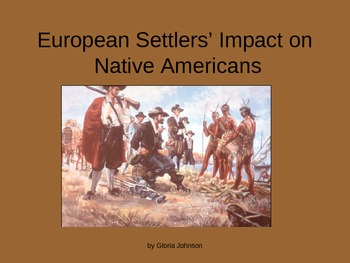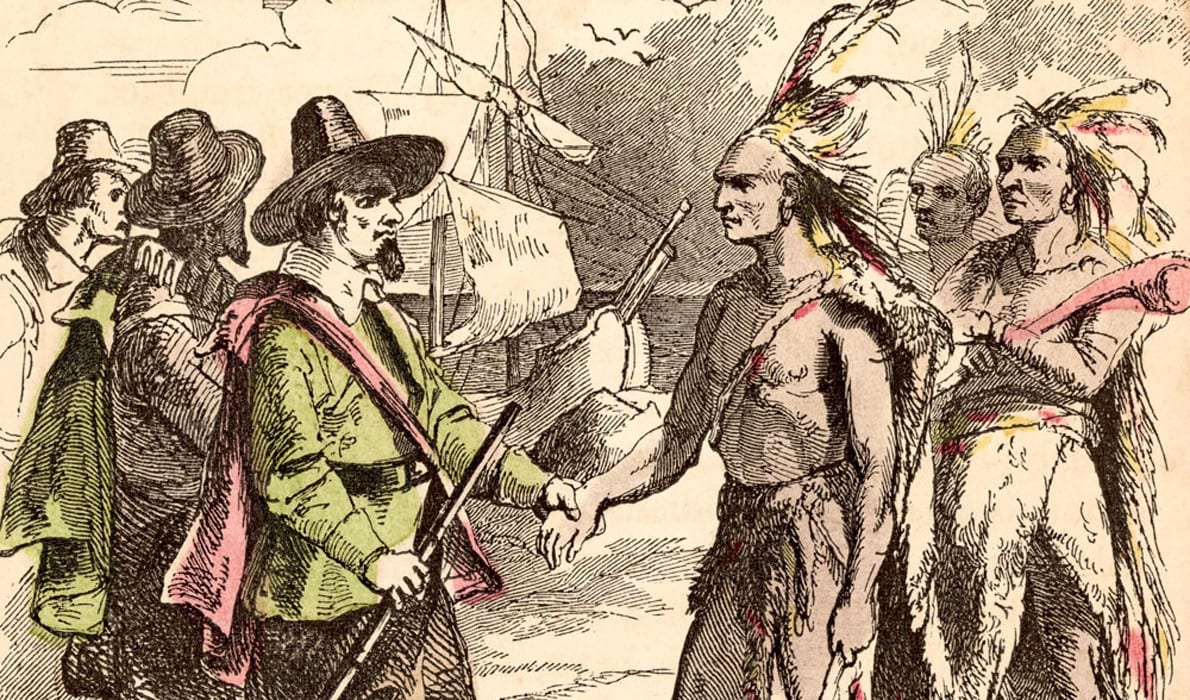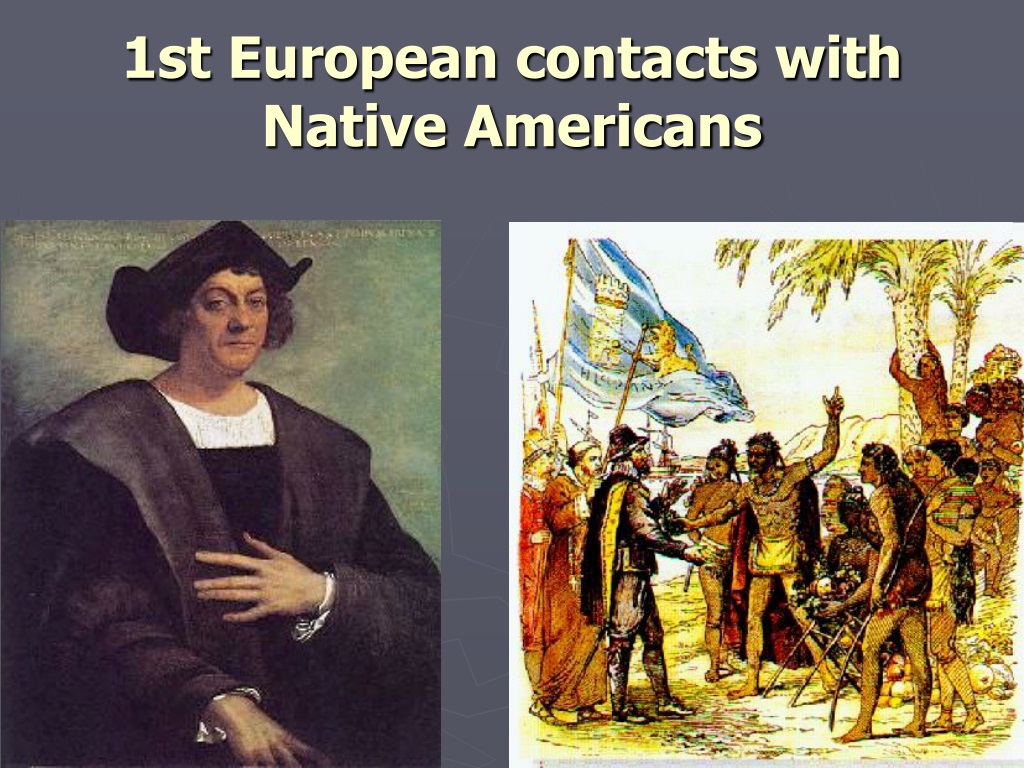
The Great Unveiling: How European Contact Reshaped Native America Forever
The year 1492 is etched into the annals of history as the moment Christopher Columbus, under the banner of Spain, "discovered" the Americas. For centuries, this narrative painted a heroic picture of exploration and progress. Yet, for the millions of indigenous peoples who had thrived on these continents for millennia, it marked not a discovery, but a catastrophic unveiling—a collision of worlds that would forever alter the demographic, cultural, and spiritual landscape of Native America. The impact of European contact was multifaceted, immediate, and overwhelmingly devastating, setting in motion a chain of events that led to demographic collapse, widespread dispossession, and a relentless assault on ancient ways of life.
The Invisible Killer: A Demographic Cataclysm

Perhaps the most immediate and devastating impact of European arrival was the introduction of Old World diseases. Lacking immunity to pathogens like smallpox, measles, influenza, typhus, and bubonic plague, Native American populations were ravaged by what historians term "virgin soil epidemics." These diseases swept through communities with terrifying speed and lethality, often preceding direct contact with Europeans themselves, carried inland by trade routes and fleeing refugees.
Estimates of the pre-Columbian population of the Americas vary widely, from 50 million to over 100 million, with perhaps 5 to 10 million residing north of the Rio Grande. Within a century or two of European arrival, these numbers plummeted by an estimated 70-90%. Entire villages were wiped out, leaving no one to bury the dead. "The Indians die very easily of this disease," wrote Friar Toribio de Benavente, observing a smallpox epidemic in Mexico in the 1520s, "and they became so pestilential that they could not be buried." This demographic collapse had profound social and cultural consequences: traditional knowledge keepers, spiritual leaders, and skilled artisans perished, leaving gaping holes in the social fabric and disrupting the transmission of ancestral wisdom across generations. The sheer scale of death left survivors disoriented, grieving, and vulnerable to further encroachment.
Land, Conflict, and the Doctrine of Discovery
Beyond disease, the European hunger for land proved to be an insatiable force. European legal and philosophical frameworks, particularly the "Doctrine of Discovery" originating from papal bulls in the 15th century, asserted that Christian nations had the right to claim lands inhabited by non-Christians. This directly clashed with Native American concepts of land stewardship, which typically viewed land as a communal resource to be used and respected, not owned, bought, or sold.
As European settlements expanded, conflict became inevitable. Early skirmishes escalated into brutal wars: the Pequot War, King Philip’s War in New England, the Powhatan Wars in Virginia, and countless others across the continent. European military superiority, fueled by firearms and a willingness to wage "total war" against civilian populations, often prevailed. Native American resistance, though fierce and sometimes successful (like the Pueblo Revolt of 1680), was ultimately overwhelmed by the sheer numbers and technological advantage of the colonizers.
The 19th century brought the era of "Indian Removal," epitomized by the Indian Removal Act of 1830 and the tragic "Trail of Tears," which forcibly relocated the Cherokee, Choctaw, Chickasaw, Creek, and Seminole nations from their ancestral lands in the southeastern United States to Indian Territory (present-day Oklahoma). Thousands perished from disease, starvation, and exposure during these forced marches. This policy, driven by the concept of "Manifest Destiny"—the belief in America’s divinely ordained right to expand westward—led to the systematic dismantling of tribal land bases through broken treaties, fraudulent purchases, and outright conquest. By the end of the 19th century, Native Americans, once proprietors of a continent, were confined to a fraction of their original lands, often on arid, undesirable reservations.
Cultural Erosion and the Assimilationist Agenda
European contact also initiated a relentless assault on Native American cultures, spiritual beliefs, and governance structures. Missionaries sought to convert indigenous peoples to Christianity, often viewing traditional spiritual practices as pagan and barbaric. Native languages were suppressed, and traditional ceremonies forbidden.

The late 19th and early 20th centuries saw the implementation of aggressive assimilation policies, most notably through the establishment of Indian boarding schools. Children, sometimes as young as five, were forcibly removed from their families and sent to these institutions, where their hair was cut, their traditional clothing replaced, and they were forbidden to speak their native languages or practice their cultural traditions. Richard Henry Pratt, founder of the Carlisle Indian Industrial School, famously articulated the goal: "Kill the Indian, save the man." This policy aimed to erase Native American identity and integrate them into mainstream American society, but it instead inflicted deep, intergenerational trauma, severing children from their heritage and often exposing them to physical and emotional abuse.
The introduction of European political structures also disrupted traditional tribal governance. European powers often sought to install compliant leaders, undermining hereditary systems and fostering internal divisions. The imposition of individual land ownership, contrary to communal traditions, further eroded tribal cohesion and economic self-sufficiency.
Economic Transformation and Dependency
The arrival of Europeans fundamentally altered Native American economies. While trade initially offered benefits—new tools, weapons, and goods—it quickly led to dependency. The fur trade, for example, incentivized over-hunting of beavers, buffalo, and other animals, leading to ecological imbalances and resource depletion. As traditional hunting grounds dwindled and Native peoples became reliant on European manufactured goods, their self-sufficiency diminished.
The introduction of horses, while revolutionary for some Plains tribes, also contributed to shifts in traditional lifestyles and increased inter-tribal competition for resources. Alcohol, introduced by Europeans, became another devastating tool of subjugation, contributing to social breakdown and exploitation. Native economies, once diverse and sustainable, were increasingly marginalized and integrated into a global capitalist system that exploited their resources and labor while offering little long-term benefit.
Social and Psychological Trauma: A Lingering Shadow
The cumulative impact of disease, warfare, land loss, and cultural suppression resulted in profound social and psychological trauma that continues to reverberate today. The breakdown of traditional family units, the loss of elders and their wisdom, and the constant threat of violence and displacement led to widespread grief, despair, and a sense of powerlessness. Generational trauma, passed down through families and communities, manifests in higher rates of poverty, substance abuse, mental health issues, and lower life expectancies in many Native American communities.
The forced relocation and confinement to reservations severed Native peoples from their sacred lands, which were integral to their spiritual identity and cultural practices. This spiritual disconnection, coupled with the systematic denigration of their beliefs, created a deep spiritual wound.
A Legacy of Resilience and Resistance
Despite the overwhelming adversities, Native Americans were not passive victims. From the earliest days of contact, they resisted fiercely, both militarily and culturally. Leaders like Tecumseh, Sitting Bull, and Geronimo led movements of armed resistance. Others fought through diplomacy, legal challenges, and cultural preservation efforts. The Pueblo Revolt stands as a testament to successful pan-tribal resistance.
In the 20th and 21st centuries, Native American nations have continued to assert their sovereignty, revitalize their languages and cultures, and fight for self-determination. The American Indian Movement (AIM) in the 1960s and 70s brought national attention to indigenous rights. Today, efforts to reclaim ancestral lands, protect sacred sites, and achieve economic self-sufficiency are ongoing.
Conclusion: Acknowledging a Complex History
The impact of European contact on Native Americans was a profound and overwhelmingly negative transformation that irrevocably altered the trajectory of indigenous societies. It was a story not of simple progress, but of conquest, disease, dispossession, and cultural devastation on an unprecedented scale. While the narrative of "discovery" once dominated, contemporary understanding demands a more honest and complex appraisal—one that acknowledges the immense suffering inflicted, the resilience demonstrated, and the enduring legacy of a historical trauma that continues to shape the lives of Native Americans today. Understanding this history is not merely an academic exercise; it is crucial for fostering reconciliation, promoting justice, and building a more equitable future for all who share this land.


